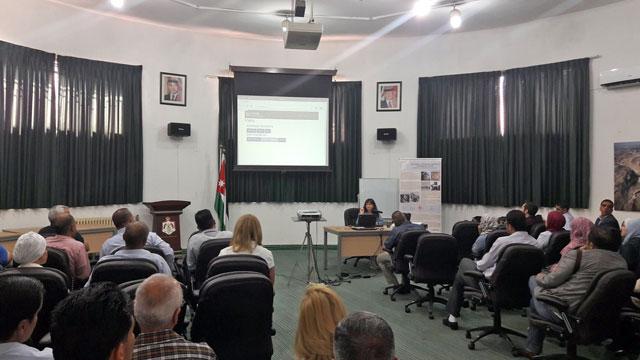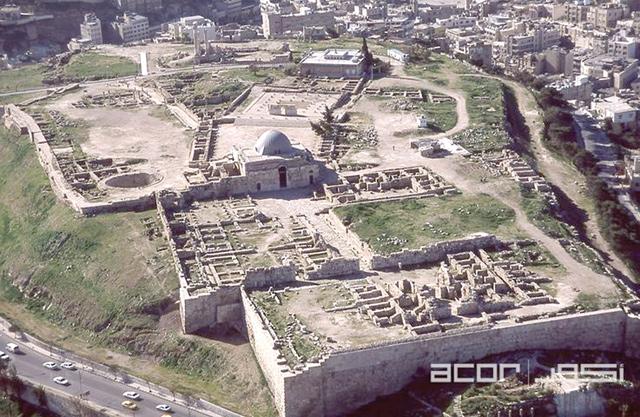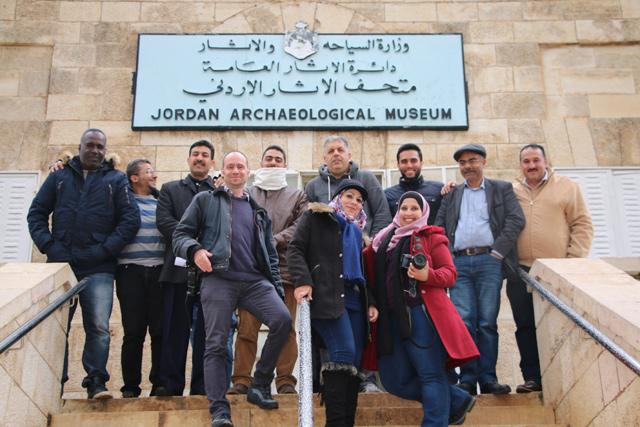You are here
Workshop held on preservation of archaeological artefacts
By Saeb Rawashdeh - Oct 16,2019 - Last updated at Oct 16,2019

Project Manager Jutta Häser explains technical aspects of the DOJAM to the Department of Antiquity (DoA) staff and scholars at the DoA headquarters on Monday (Photo courtesy of GPIA)
AMMAN — Regional crises and illicit trafficking necessitated a large archaeological inventory for Jordanian museums, said a German archaelogist.
The joint project between the Department of Antiquity (DoA) and the German Protestant Institute of Archaeology (GPIA) was established in January 2017, said Jutta Häser on Sunday at a workshop titled “Documentation of Objects in Jordanian Archaeological Museums” (DOJAM) held on the DoA premises.
“The aim of this four-year project is the protection and management of archaeological objects, stored and displayed in the DoA museums,” said Häser, who is a project manager of DOJAM.
Häser said the most important tasks of the project are building the database for the museum, registering and documenting archaeological finds, photographing each object, three-dimensional digitising of selective objects, conserving endangered archaeological objects, managing museum facilities and training the DoA staff.
The Jordan Archaeological Museum at Amman Citadel will serve as a pilot model, Häser continued, noting that it was the national museum from 1951 until The Jordan Museum was established in 2013.
Due to its large collections of artefacts, the Jordan Archaeological Museum is suitable for the pilot project, she added, highlighting that there are 1,500 objects on display and several thousand stored.
The workshop on Monday included a detailed presentation of the database for the preservation and handling of the rich Jordanian cultural heritage, she stressed.
Bernard Beitz, the DOJAM programmer, talked briefly about usability, maintainability and the comparison between application and key components.
The team organised a research engine about each archaelogical site and the artefacts in the museum’s collection, which needed “more sophisticated and detailed” documentation, Häser said.
Such an engine can be very useful not only for researchers and academics, but also ordinary lovers of cultural heritage, the project manager noted.
Related Articles
AMMAN — A four-year project aims to document and share the current collection of objects at the Jordan Archaeological Museum (JAM), which re
AMMAN — A good background in photography can be more important than a classical archaeological education when taking photos of archaeologica
AMMAN — With the aim of preserving archaeological artifacts at the Jordan Archaeological Museum located at the Amman Citadel, the German Pro













